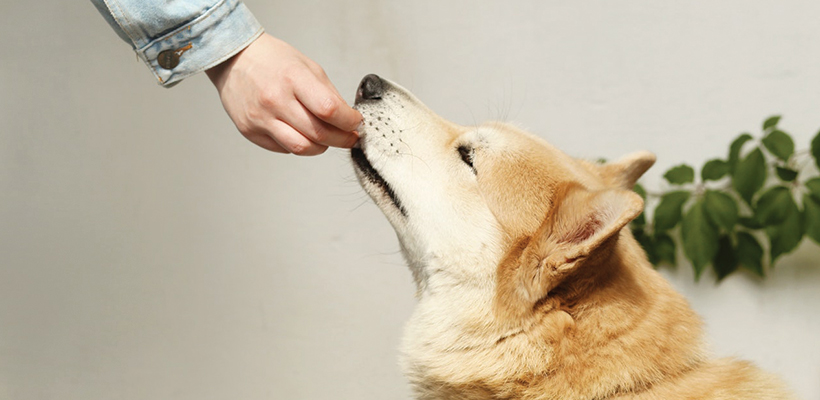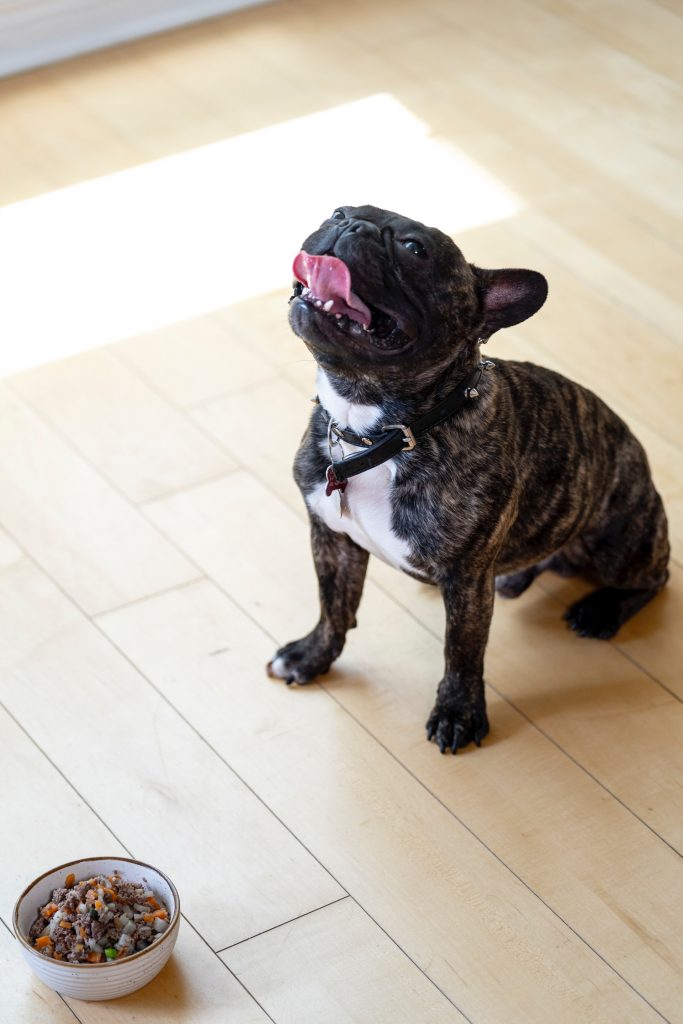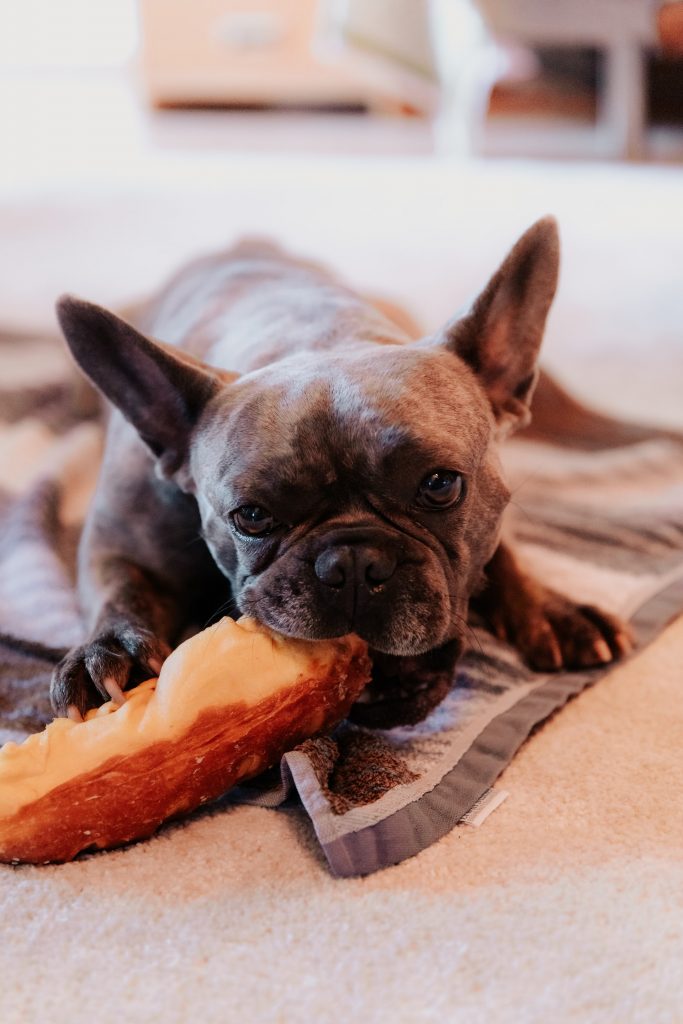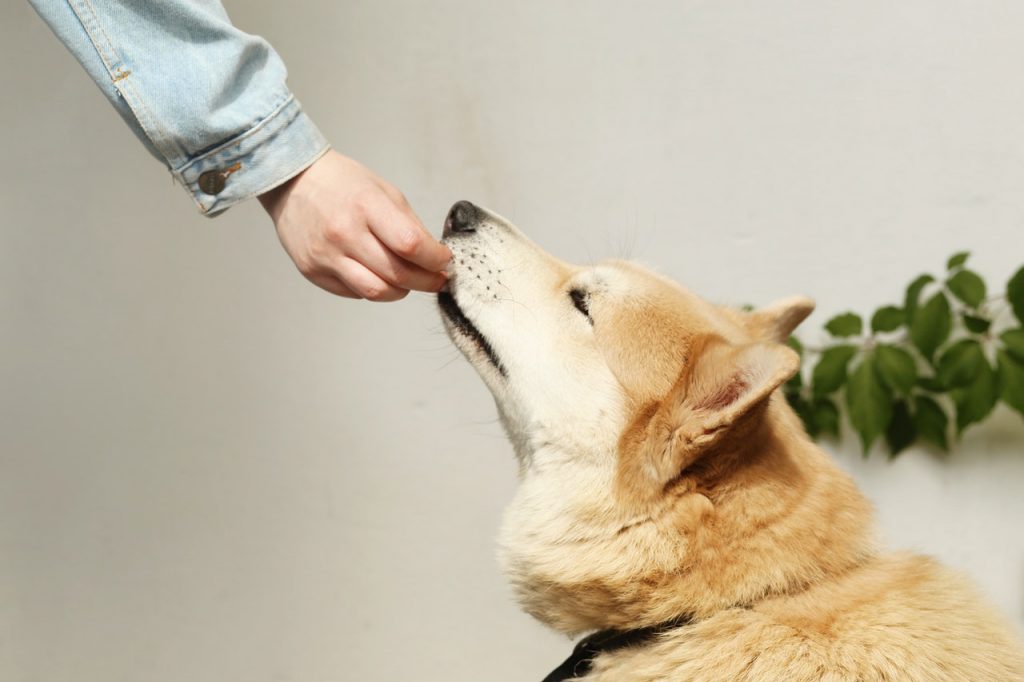
This article is contributed by guest writer, Shawn (Content writer at A Dog’s Best Life ).
Tips on Managing Your Pet’s Weight
Coronavirus has led to pets all around the world spending a lot more time indoors. Many owners are worried about the well-being of their pets as they are unable to take them out for exercise as much as they would like to.
In some places, there are regulations that require at least one outing a day with your pet for exercise. It is essential for you to manage your pet’s weight, especially if you’re on lockdown, as excessive weight can put additional stress on your pet’s ligaments and joints. This can be the cause of arthritis in dogs and it also increases the risk of respiratory problems.
While staying at home more pet owners may be tempted to give their pets unlimited snacks and treats, but this can result in them gaining extra weight. So in this article, we will discuss some points by which you can identify if your dog is overweight and steps you can take to control that.
Related: COVID-19 and Pets: Everything Pet Owners Need to Know

Photo Credit: James Lacy via Unsplash
Is my dog overweight?
How much your dog should weigh depends on their breed, among other factors. You do not need to be concerned if your dog falls into the healthy weight range according to its breed. To know if your dog is getting overweight you need to look out for a few signs and consult your vet.
In case your dog is underweight, the bones on their body become clearly visible. Especially the backbones and ribs can be easily spotted from a distance. On the other hand, you will barely be able to see the ribcage if your dog is overweight. The dog’s stomach will be large and bulging and will be sagging downwards.
What can you do about it?
Discussed below are a few steps you can take to make sure your dog does not get overweight while staying mostly indoors.

Photo Credit: Kabo via Unsplash
Pick the right food
The food that you choose for your dog is very important as far as its weight and overall health are concerned. As a norm, older dogs tend to be less active so you need to give them food that contains fewer carbs and less fat. Some dogs are prone to joint problems so you need to give them foods that can help with that.
Measure the amount of food
It is important to have an accurate measure of the food you are giving to your pet. This is more important if they are getting minimal exercise. So when feeding them you need to keep track of how much you are serving. You can do this by using digital scales or a measuring cup that is sometimes provided in the package.
You can also try to split the daily food intake into smaller portions and serve it to your dog in shorter intervals. This might work better and keep your pet happier.

Photo Credit: Bianca Ackermann via Unsplash
Be more active
Even if you are stuck at home, there are plenty of activities you can engage in that will keep your pet moving. You can hide their dry food in different places around the house, making them look for it. Or try concealing their food in a puzzle feeder and make your pet sort it out. This way your pet will be active and engaged while they eat their food.
You can play a few outdoor games inside the house on a smaller scale. Tug of war, fetch, or hide and seek can be played while you remain indoors. These physical activities will ensure that your pet stays active even though they are in the house and will keep them from getting sedentary. Try taking your dog out for a short walk every now and then. Even 10 minutes of walking a day can make a noticeable difference.
Limit the treat
The treats that you get from shops might contain more calories than you think. You need to keep track of how many calories you are giving to your dog as they only require 20 – 30 calories for every pound of body weight. You need to be careful because giving them frequent treats might actually add up and make it equal to a meal. The best thing you can do is to weigh out how many snacks you will be giving them daily and stick to that portion.
One idea you can explore is by rewarding them with treats when your pet achieves a goal when you are training them indoors. The table scraps you leave behind contain a lot more fat than is required for pets, so be sure to clean up scraps properly. In case you are tempted to feed your pet off your plate be sure to give them fruits and vegetables so as not to increase their fat intake.

Photo Credit: Maksim Goncharenok via Pexels
Spread out mealtimes
Many dog owners feed their pets only once a day. If you want to monitor your pet’s weight and keep them from getting overweight, then you might consider giving them smaller portions in two to three meals throughout the day. This will make it easier for your dog to shed the extra calories.
If your pet has a habit of begging during your meals, then you can schedule their meal at the same time as yours. This way they will more likely focus on their own meal and not pay attention to yours.
Don’t give in to their begging
More often than not, pet owners give in to their dogs begging for food and feed them more than they need. To stop this behavior, you can try giving them their favorite toy instead of a treat when they beg for food. They should be just as happy to play with their toy. Also, you can keep them out of the room while you eat, this way they will have no chance to beg for food.
Conclusion
With the whole family stuck at home it is very easy to overfeed your pet and not be able to get them the required exercise. But your pet needs to have their weight balanced proportionally to their breed in order to stay healthy. Following the tips mentioned in this article can ensure that your pet does not gain too much weight. Enjoy all of this extra time with your pet!
